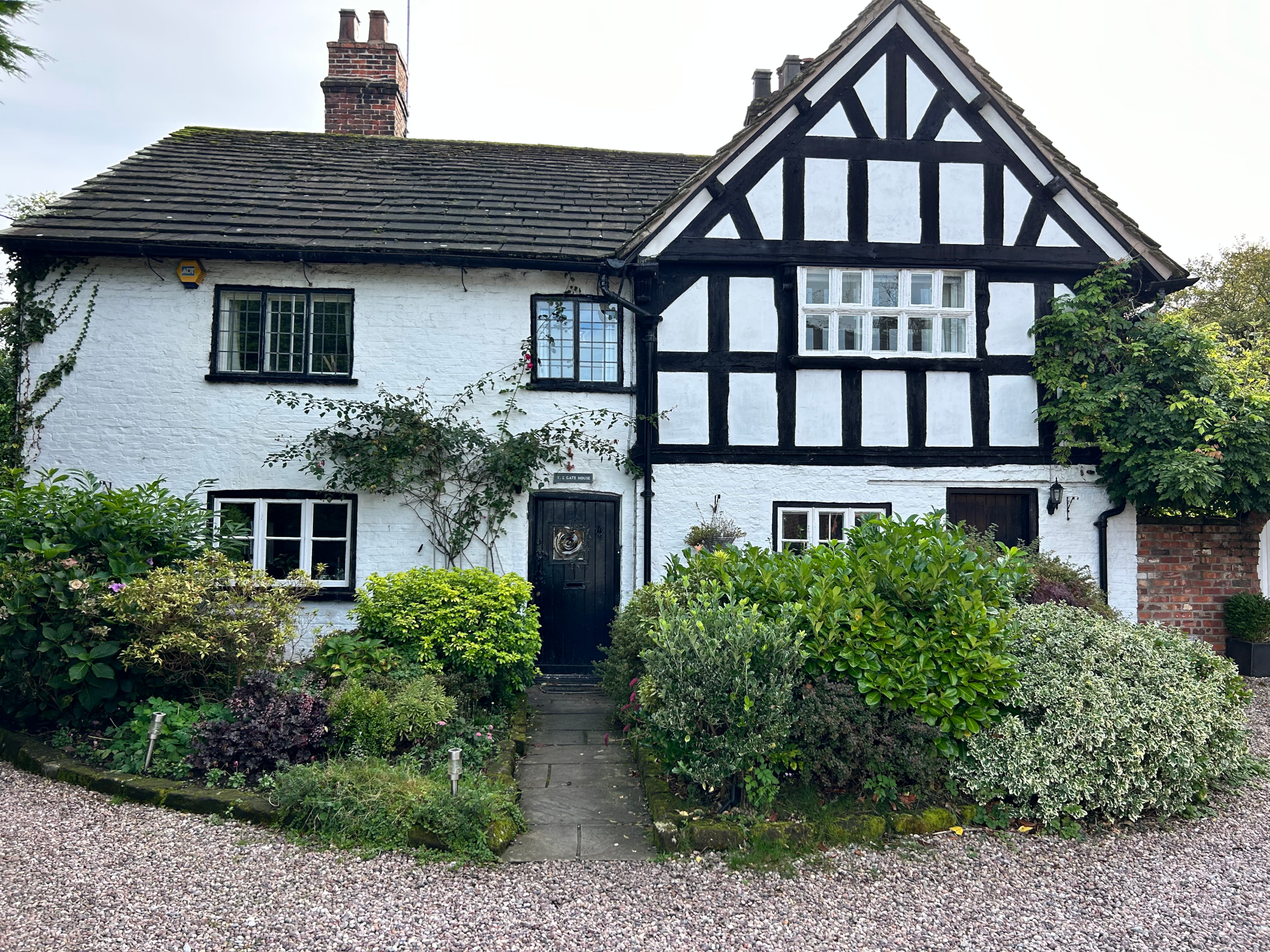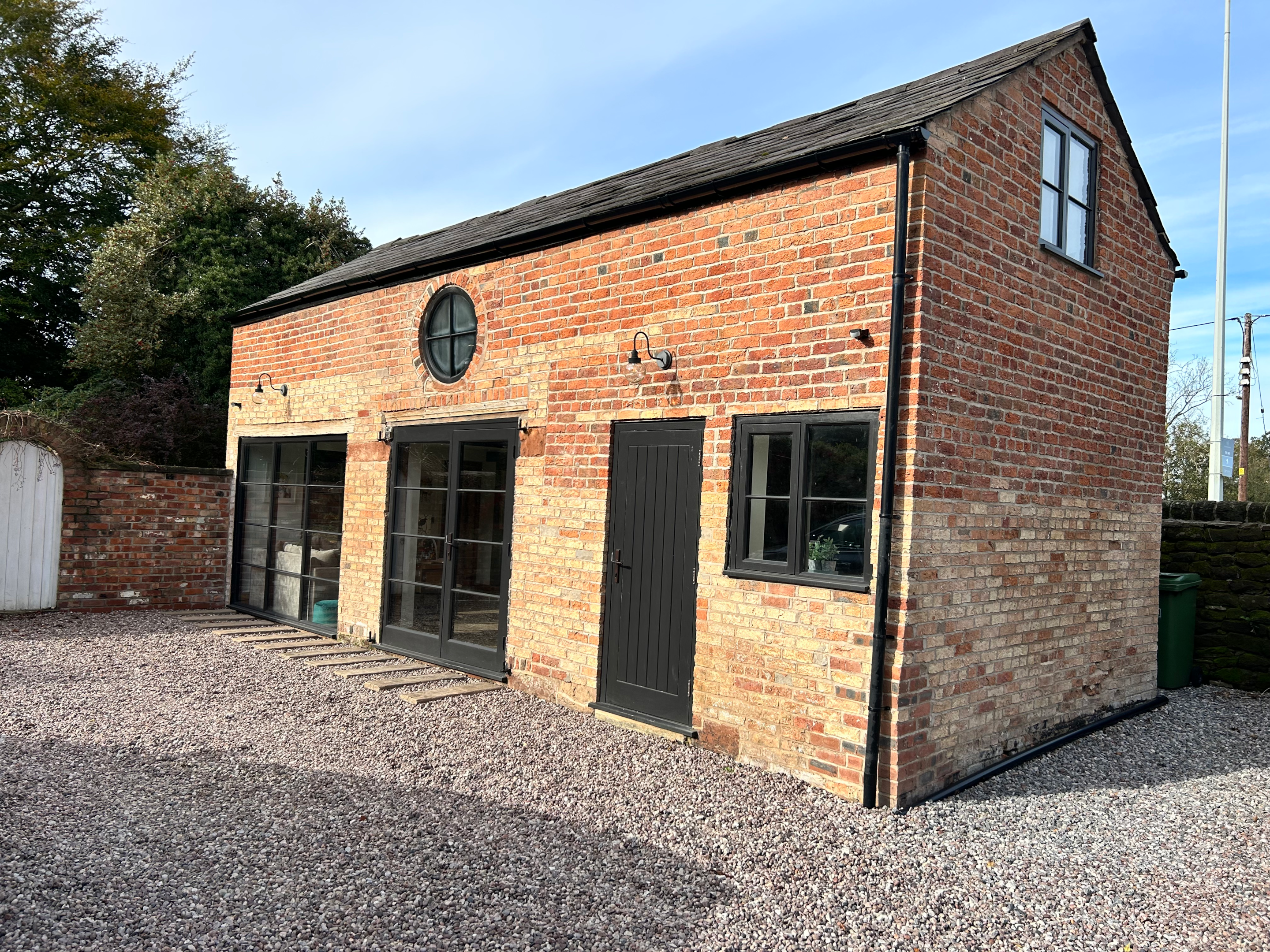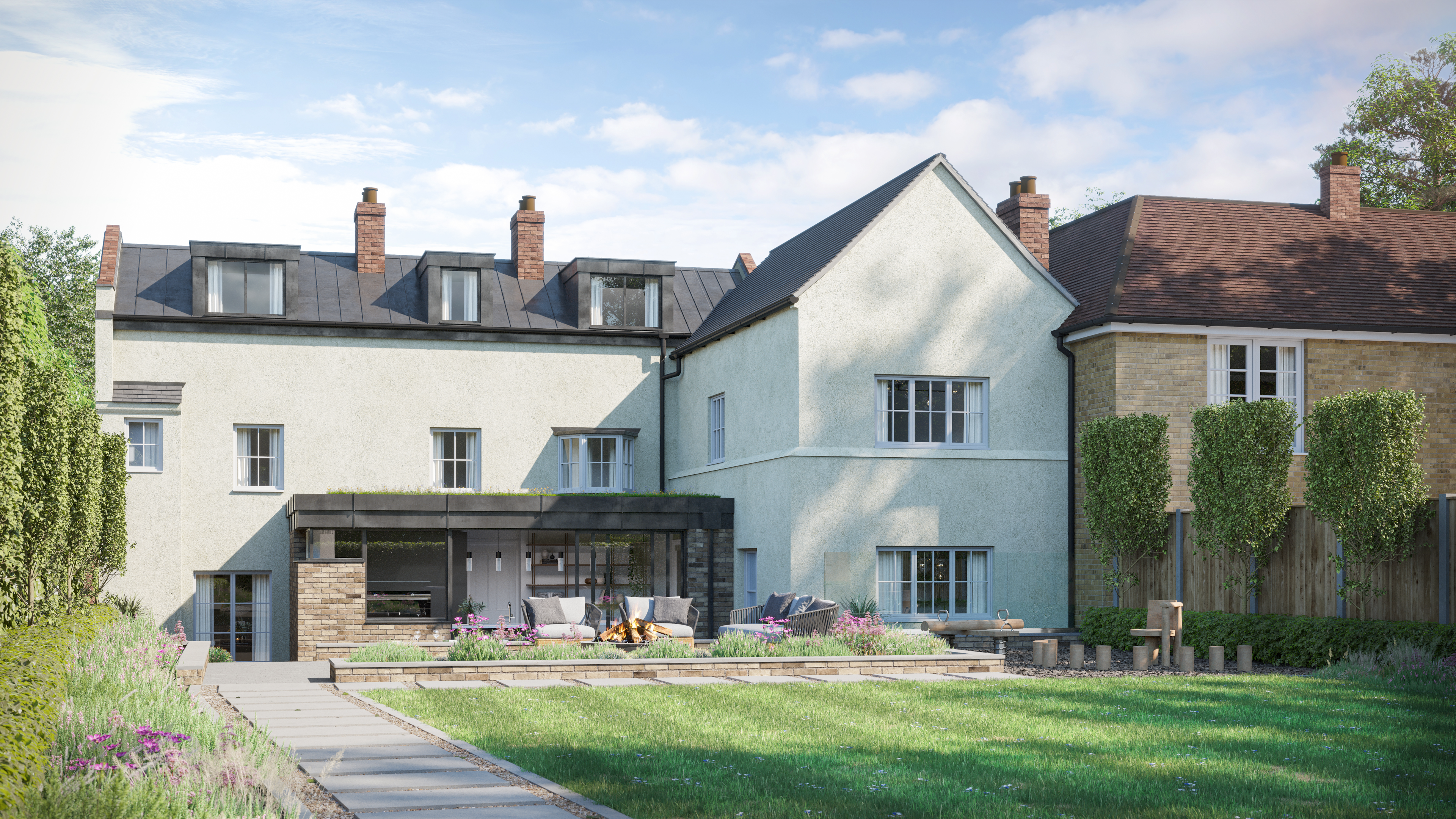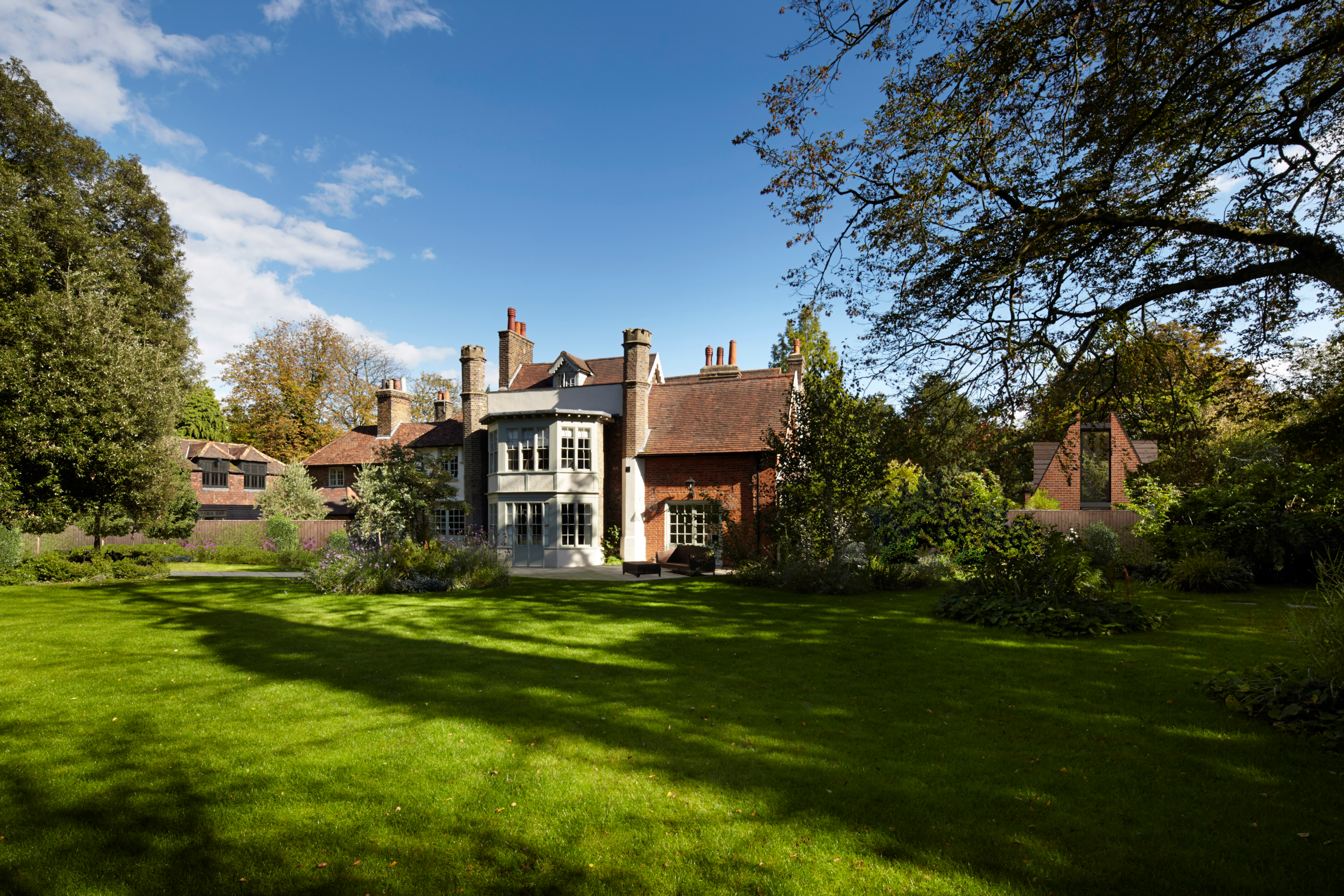Complete Guide to Listed Building Consent
Listed buildings are an integral part of our built heritage, offering a glimpse into the past and the architectural history of a region.
If you own a Listed building or are thinking about buying one and want to make some renovations or structural changes, it’s essential to navigate the complex process of obtaining planning permission and Listed Building Consent.
This process aims to strike a balance between preserving historical significance and accommodating modern needs. Here, we’ll explore how to obtain permission and what the local planning authority or department looks for in your application.
What is a Listed building?
Firstly, it’s crucial to understand what a listed building is. In the UK, listed buildings are structures of historical or architectural importance, and they are categorized into three grades (I, II*, and II) based on their significance. To make any substantial changes to these buildings, you’ll need Listed Building Consent. This applies to both interior and exterior alterations to most buildings.
92% of Listed buildings are classified as Grade II.
What is Listed Building Consent?
Listed Building Consent is required for any alterations or extensions which affect the character as a building of special architectural or historic* interest.
Before making any changes, it’s essential to determine whether the alterations you have in mind require Listed Building Consent. This can be a complex process and consulting with an Architect with listed building and heritage experience is essential. Generally, any alteration that affects the character of the building, including structural changes or extensions, will likely require consent.
Is Listed Building Consent different to Planning Permission?
Any planning permission on a Listed Building will include Listed Building Consent. If you want to add an extension or make significant changes you will need planning permission, and Listed Building Consent will be part of that application. However, some work will not require a planning application but still needs Listed Building Consent such as replacement windows.
What Can I do to a Listed Building Without Consent?
In terms of a Grade l Listed building the answer is very little beyond general maintenance. For Grade ll buildings a little more is allowed including:
- Interior redecoration.
- Exterior redecoration for maintenance, though always check if there are stipulations on colour and materials used.
- Refitting a kitchen or bathroom. A standard replacement does not require consent, but if you wanted to knock through a kitchen and dining room to create a larger kitchen then consent to carry out the building work would be required.
- Changes to flooring, unless it is original.
- Adding fitted cabinetry e.g. wardrobes
- Upgrading a boiler, unless structural work is required
- Small roof repairs
Works that require Listed Building Consent Applications
Areas where consent will definitely be required include the replacement of windows and doors, roof renovations, structural alternations and building any type of extension. Changes to outbuildings are seen as curtilage to a Listed building, so renovation or a change of use to an outbuilding, for example if you want to turn a barn into an AirBnB, will require Listed Building consent and probably planning permission too. To be safe it is always better to speak to an experienced Chartered Architect or Planner before beginning any work.

How do you apply for Listed Building Consent?
Applications are applied through the Planning Portal in the same way as applying for planning permission. To avoid wasting time and money, we always advise using a Chartered Architect and/or a Planner for application advice, as they will understand how the works affect the process and what is likely to be granted. The application should take eight weeks but in reality is likely to be longer due to special architectural elements, historic features and other interested parties.
Assessment of the Application
Once your application is submitted, the local planning authorities will review it and consult with their Conservation Officer, interested parties and sometimes Historic England. They will consider the impact of your proposal and proposed changes on the building’s special architectural character and may grant or refuse Listed Building Consent depending on the architectural or historic interest of the property, the listed status and the significance of the alterations proposed. Having a well considered application highlighting the special interest of the proposed works will assist in gaining building consent.
How long does Listed Building Consent last?
Granted consent lasts for 3 years, so any works need to be started within that time.
Preparing your Application
When you are ready to apply for Listed Building Consent, ensure that your application is comprehensive and well-documented. Key elements of the application include:
- A detailed description of the proposed work within the design and access statement, including architectural plans and drawings.
- Historical research on the building’s significance and the proposed changes’ impact.
- A Heritage Statement outlining how the changes will preserve or enhance the building’s historical character.
- Evidence of the building’s current condition, including photographs.
- Details of any previous work done which affect its character.
Addressing Conservation Principles
The planning department will assess your application based on the principles of conservation. They aim to protect the building’s architectural and historical value while allowing for practical, necessary changes. Some key principles to consider include:
- Use a bespoke design to ensure that your proposed changes are non competing with the special architectural interest of the building’s style, materials, and proportions.
- Where possible, make changes that can be easily reversed without significant harm to the original fabric of the building.
- Use appropriate materials that compliment the existing structure and meet conservation standards.
Heritage professionals such as Chartered architect and planners can provide valuable expertise and guidance throughout the process. Consider engaging experts with experience in working with Listed buildings. In some instance pre application advice and pre application discussions are a good way to start a project.
Obtaining Listed Building Consent is not a quick process. Be patient and allow time for thorough review and consultation.

Can you Appeal Listed Building Consent?
If your application is refused, or conditions are put in place which you don’t agree with, you have the right to appeal. This involves a review by the Planning Inspectorate, who will assess the decision against the legal framework and conservation principles.
We have an 85% success rate on appeals because we are adept at showing justification for the work and how it will enhance rather than detract, the fabric and/or historic environment of the building.
Legal Consequences
It’s crucial for owners to remember that unauthorised works to a listed building without obtaining consent is a criminal offence. Penalties can include fines, restoration orders, or even imprisonment.
Case Studies – What can be achieved
Often more can be achieved then you think but it needs careful planning and sometimes more than one application to get the permissions you need. It is possible to obtain multiple extensions on a Listed building if approval is executed in the right way.
It is a common misconception that alternations and extensions must ‘match’ the existing buildings style. Often the opposite is true and the planning authority may prefer to see the difference between old and new, so that the changes don’t compete with the Listed status of the buildings character.

Increasing Energy Performance
On our Grove House project, we have succeeded in two objectives. Grove House is Grade II Listed and has a Georgian front on a timber frame building. Firstly, it required renovation works to update dilapidated windows and increase energy performance. Our clients also wanted to create more space and update the flow of the house in line with modern living.
We received Listed Building Consent to fully upgrade and replace the original Georgian sash windows with FINEO glazing – the first approval of its kind in the area.
FINEO is a new glass technology and a perfect solution for heritage applications, it gives the appearance of single glazing but with the performance of triple glazing. The new windows will not only vastly improve the aesthetic appearance of the property but will provide a significant increase in thermal efficiency leading to energy savings, and warmer living conditions. Noise pollution from the street will also be significantly reduced.
Improve the flow and living space
The second part of our plan was to improve the flow of the property and increase the living space for a growing family. The loft space was badly deteriorated and unusable so we gained consent to raise the roof line and add modern zinc dormers to create additional bedrooms. We were able to argue that we can retain the heritage assets and integrity of the original house but show differentiation between old and new. Our Story Board showed how to re-imagine historic buildings for contemporary living. To the ground floor, we received consent to demolish a badly constructed lean-to extension and replace with a modern glazed and zinc extension, creating a large family kitchen and living space.
Old meets New
For our St Margarets project we took a beautiful but run down Listed House with lots of architectural interest, and received consent to renovate and split it into 2 family homes. In the grounds of the property we renovated an existing outbuilding into an additional 2 bedroom coach house and succeeded in receiving permission to build a contemporary new house. This new modern dwelling benefits from very high quality design and superior materials, the quality is important as it forms part of the curtilage to the listing so how it sits in the plot and enhances the landscape was key to planning success.

Conclusion
Obtaining Listed Building Consent for extensions or structural changes is a detailed and often lengthy process, with the goal of preserving the the cultural heritage, and historical significance of these structures. Proper research, comprehensive documentation, and an understanding of conservation principles are key to a successful application. With patience and the right expertise, you can navigate the process and ensure that your changes to the listed building align with preservation and respect for history.


